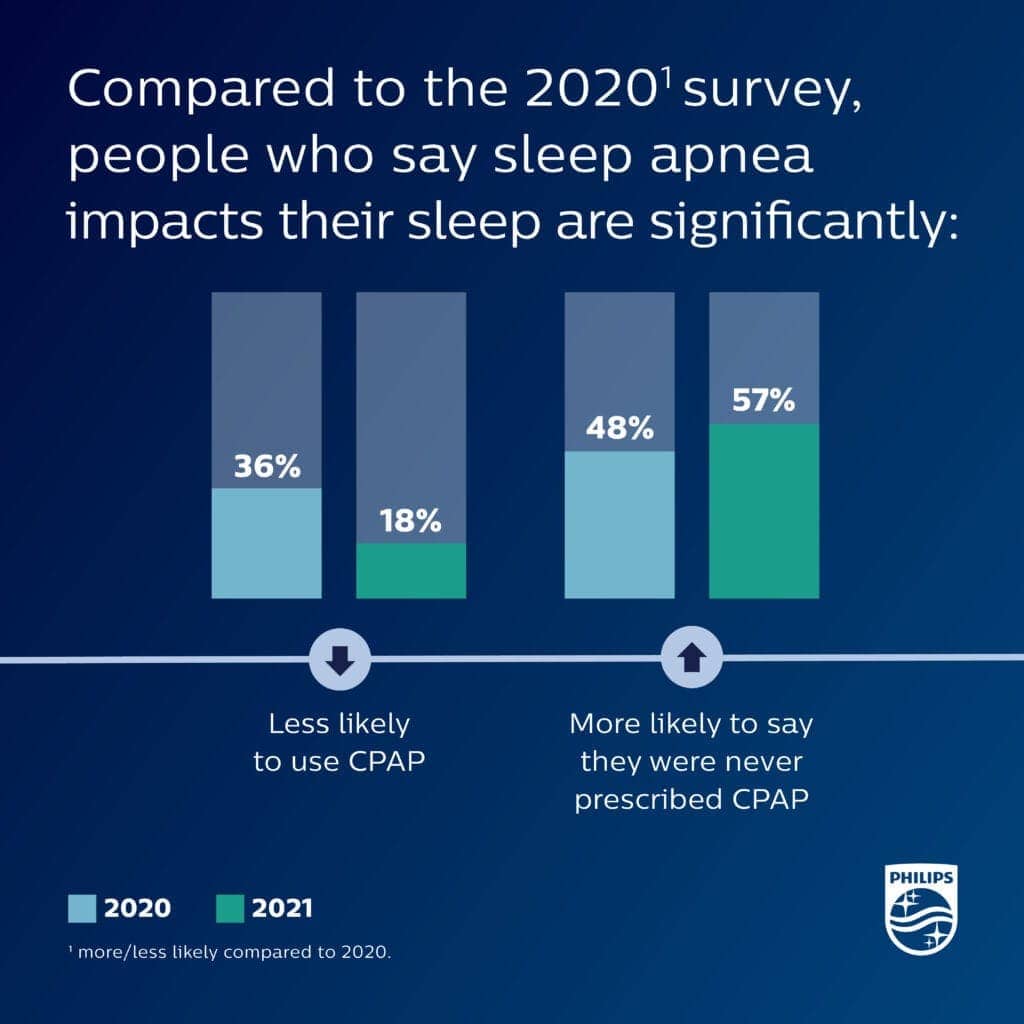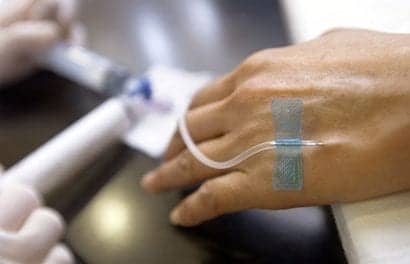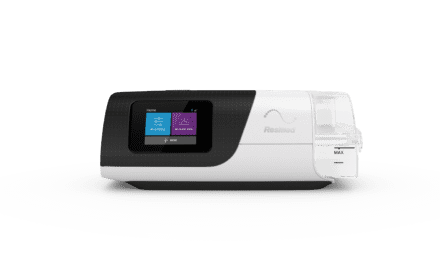Royal Philips has released the findings of its 6th annual sleep survey in a report titled Seeking Solutions: How COVID-19 Changed Sleep Around the World. Almost a year since the onset of the COVID-19 pandemic, Philips surveyed 13,000 adults in 13 countries to capture attitudes, perceptions, and behaviors around sleep. This year’s survey reveals that, since the beginning of COVID-19, 70% of respondents experienced one or more new sleep challenges, with 60% reporting that the pandemic had directly impacted their ability to sleep well. It also reveals that while such challenges have been widespread, sleep apnea patients have been disproportionately affected. The good news is there is strong interest in implementing tools and strategies—such as telehealth, online information resources, and lifestyle changes—to address these challenges.
Online Resources & Telehealth
While some people may have relied on lifestyle strategies—such as soothing music, meditation, or reading—to address their sleep woes, many turned to online searches to learn more about treatments to improve sleep (34%). With the increased reliance on telehealth during the pandemic, more than half (58%) of respondents expressed a willingness to seek help for sleep-related concerns in future from a sleep specialist via telehealth services, although many have yet to take that step. The majority (70%) currently believed it would be difficult to find a sleep specialist through an online or telephone-based program.
[RELATED: How Has the COVID-19 Pandemic Impacted CPAP Use?]
“This year’s survey results confirm what we’ve known to be true for a while: with the right solutions, care doesn’t have to be defined by a place, but instead by the needs of the individual and his or her condition,” says Teofilo Lee-Chiong, MD, chief medical liaison, Sleep & Respiratory Care at Philips, in a release. “The tools required to deliver telehealth efficiently and reliably already exist, and the interest from consumers is apparent, particularly in the face of COVID-19. When used properly, sleep telehealth has the potential to enhance efficiency and quality of care, improve health outcomes, empower patients to make informed decisions, and provide equitable healthcare for all. Extending the reach of patient care through technology means we empower providers to confidently guide patients across multiple settings and transitions of care, driving better health outcomes.”
Sleep Apnea Patients & CPAP Use During COVID-19

Sleep apnea continues to impact quality of sleep across the world, with a slight increase reported by those who have been diagnosed with the issue since last year (2020: 9% vs 2021: 12%). While CPAP therapy is the most commonly prescribed treatment for the condition, this year’s survey revealed a drop in the proportion of sleep apnea patients using their CPAP (2020: 36% vs 2021: 18%) and an increase in the proportion who have never used the CPAP they were prescribed (2020: 10% vs 2021: 16%). With 72% of those who discontinued CPAP therapy citing COVID-19 related reasons, ranging from financial challenges (55%) to limited access of supplies (44%), it would appear that the COVID-19 pandemic has been an inhibiting factor in CPAP therapy compliance. Perhaps most concerning, however, was that 57% of those living with sleep apnea had never been prescribed CPAP at all.





